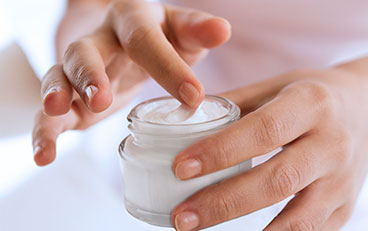Drum roll, please…we’re excited to unveil our NEW look….website and newsletter! Thanks to your helpful input last spring, we underwent a makeover of our own and we can’t wait for you to experience it! Take a look for yourself at the new website. We hope you love our new look and functionality!
To celebrate our fresh look, we are holding a drawing for one fabulously lucky winner. Yes, we promise this is something you DON’T want to miss out on! We’re selecting a winner from our followers on Facebook, LinkedIn and Twitter to win 20 FREE UNITS OF BOTOX!!! Be sure to connect with us so you have a chance at this awesome giveaway! We’ve made it easier than ever to follow us with eye-catching links on our new website or click the links below.
If you are already following us, you don’t need to do anything. If you aren’t, simply start following us by the end of September and your name will be entered in the drawing. Best part is, if you follow on all three, you will have three times the chances to win!!! Good luck to you!











